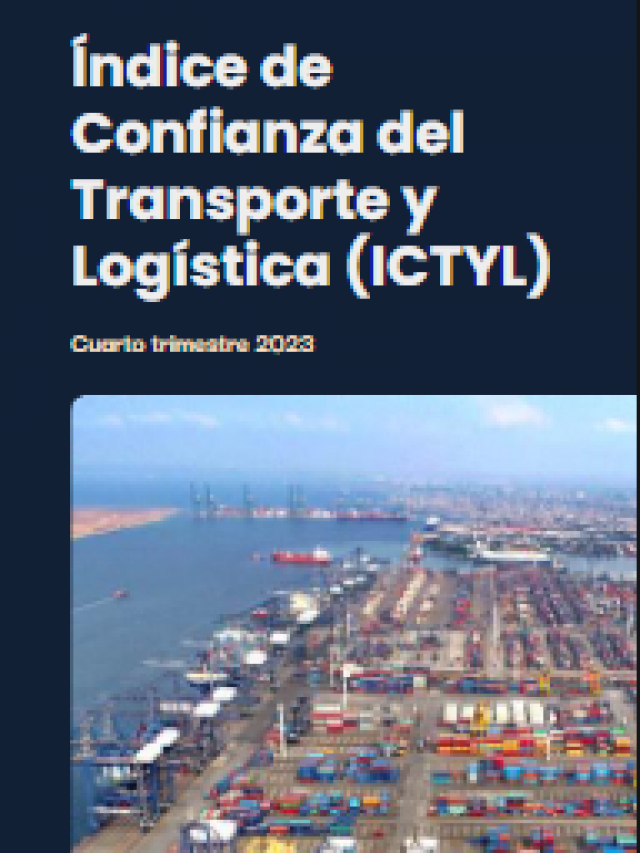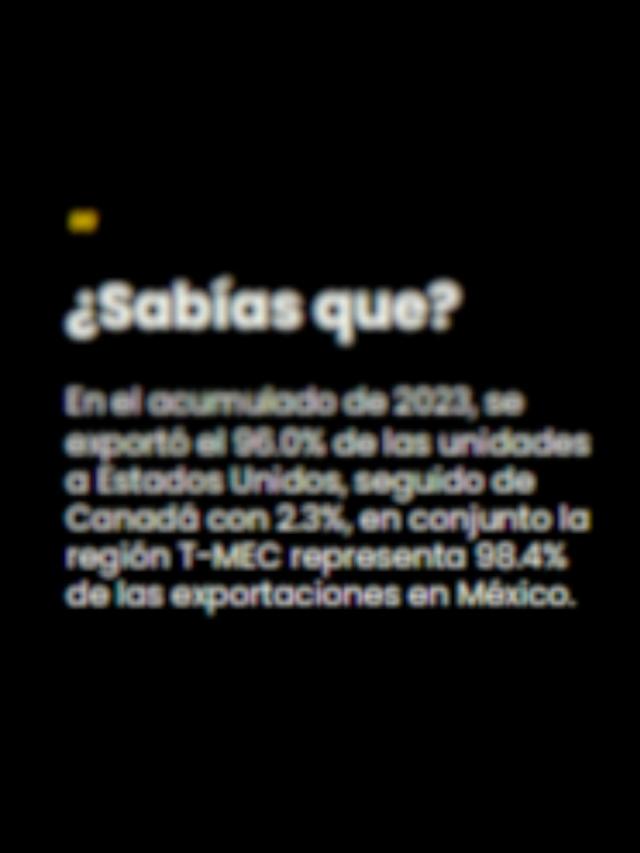
Improving processes to avoid port saturation , increasing security in the supply chain and having better infrastructure are part of the actions needed to increase efficiency in cargo movement in Mexico, specialists said.
Given the saturation of the country’s port infrastructure, more efficient processes are required to release merchandise, said Victor Monroy, general director of MSC in Mexico.
“If we don’t have efficient processes for importing or clearing merchandise, no matter how big the ports are, we will always be stuck,” he said during his participation in the Global Supply Chain Mexican Leaders event organized by TMSfirst Mexico and GrupoTiMexico.
Although he did not specify which one, he indicated that one of the most important port terminals in the Mexican Pacific has the capacity to dispatch 1,500 import containers a day, but only handles between 500 and 600 containers, while in high season there has been a need to handle up to 3,000 containers.
“But when the stumbling block is in the import system, it doesn’t matter how much infrastructure or yards there are. If I bring in three thousand containers and I’m barely dispatching 800 in three or four days, I’m saturated and that has another consequence, I can’t serve ships. Last year, in Ensenada, Manzanillo and Lázaro Cárdenas, we had ships waiting for weeks, even months outside to be able to attack, that’s where the bottleneck begins,” he said.
However, he said that since Claudia Sheinbaum became president of Mexico, there has been greater openness with the authorities to improve processes, “something that did not happen in the previous six-year term,” so as long as an ideal infrastructure is achieved “that is the way forward.”
On the other hand, Saúl Romero Blake, CEO of Harbest Partners , commented that in the event of a “perfect storm” with or without tariffs as announced by the new United States government, combined with benefits such as the reduction of pollutants and efficiency, demand for railroads will increase.
Therefore, it will be necessary to build railway terminals and ensure that they are safe. “There are already many terminals in the country for the construction of a cross dock and last mile,” he said.
Meanwhile, Jorge Luis Chávez Zarate, CEO of Ubicuity Services, said that the digitalization of the supply chain improves processes, however, it also increases the possibility of a security attack due to the use of different technologies.
For this reason, he recommended that companies “not lose sight of the simpler things” where they can register this type of actions.
He recalled that in the United States there was an attack on the water treatment system, as well as on the supply chain for 3PL or 4PL companies in the United Kingdom, compromising data for distribution to supermarkets.
“Cyberattacks can affect any type of facility, they can even close a port due to a lack of information, something we already saw in Mexico, the customs system went down in 50 customs offices, due to a patch (in the system) that was incorrectly applied by the SAT,” he explained.
He explained, for example, that the use of different GPS providers, software, digital systems, artificial intelligence, among others, increases the risk of an attack.
“There is a way to monitor all the transactions that are being made today on our platforms. They are within the reach of large companies, but micro and small companies do not have the resources. However, certain things must be foreseen or we must approach companies that can guarantee that our goods can transit in a safe logistical route,” he said.
Comment and follow us on X: @evandeltoro / @GrupoT21















